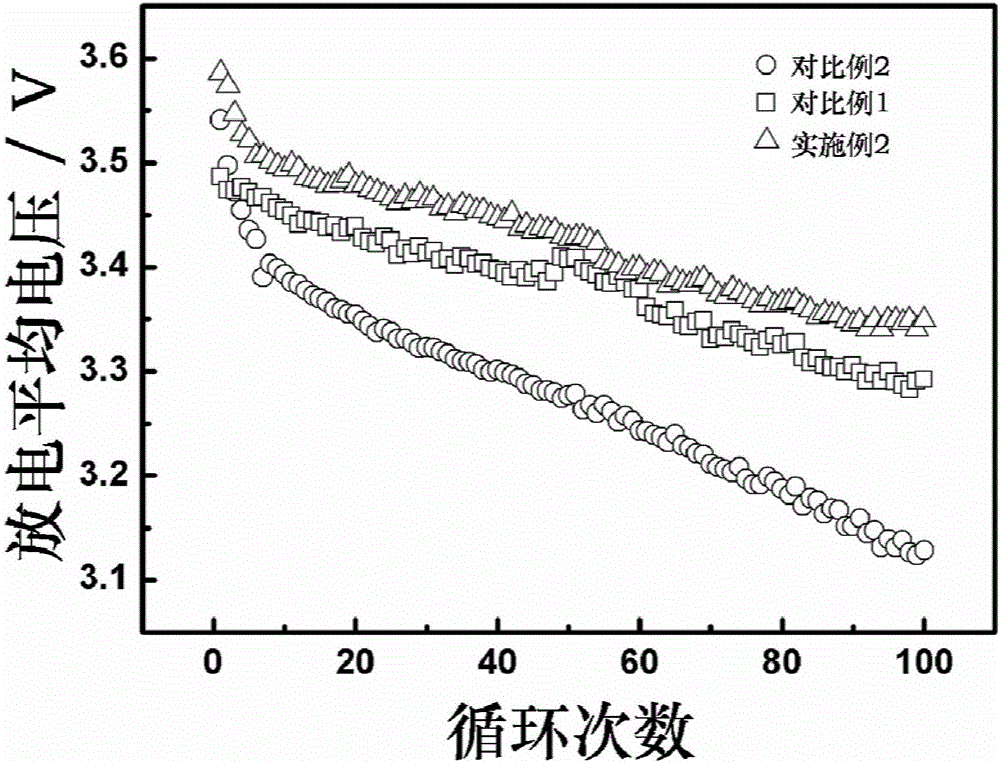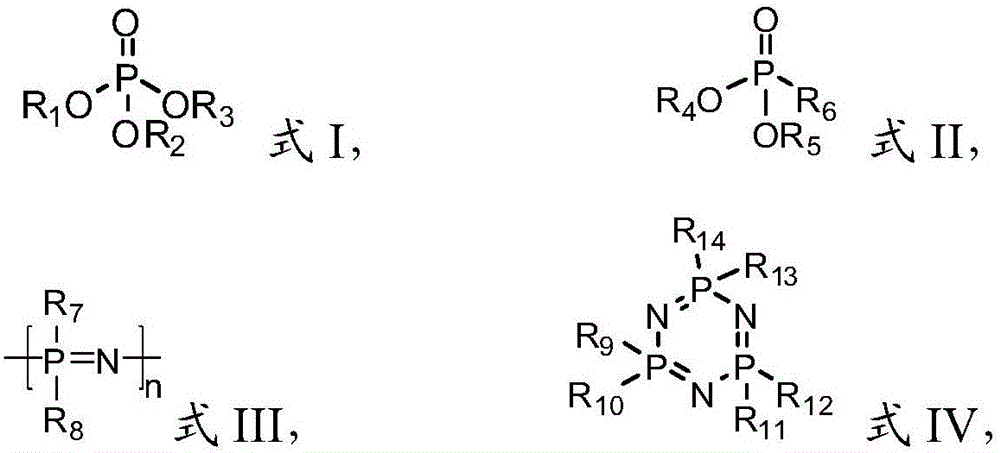Nonaqueous electrolyte and lithium-ion battery
A non-aqueous electrolyte and lithium-ion battery technology, applied in the field of lithium-ion batteries, can solve problems that affect the battery management system's prediction of battery charge and discharge status, battery output power reduction, and discharge average voltage drop, etc., to achieve good resistance Nuclear attack capability, mitigation of voltage hysteresis, anti-oxidation and non-combustible effects
- Summary
- Abstract
- Description
- Claims
- Application Information
AI Technical Summary
Problems solved by technology
Method used
Image
Examples
preparation example Construction
[0109] The present invention also provides a kind of preparation method of non-aqueous electrolyte, comprises the following steps:
[0110] The organic solvent and the lithium salt are mixed to obtain a non-aqueous electrolyte, and the organic solvent is selected from non-carbonate solvents.
[0111] Preferably, when mixing the organic solvent and the lithium salt, an additive may also be added, and the additive is preferably the first additive and / or the second additive described above.
[0112] The present invention also provides a lithium ion battery, comprising a positive electrode, a diaphragm, a negative electrode, an electrolyte and a battery case, and the electrolyte is the above-mentioned non-aqueous electrolyte.
[0113] The present invention is not particularly limited to the material of the positive electrode of the lithium ion battery, preferably S, O 2 , layered oxide materials, spinel positive electrode materials, polyanionic compounds, lithium-rich manganese-b...
Embodiment 1~9
[0129] Examples 1-9 Table 1
[0130] The organic solvent is selected from phosphorus-containing compounds with structures shown in formulas 1 to 3, the positive electrode is selected from lithium-rich manganese-based positive electrode materials, and the negative electrode is selected from silicon-based negative electrode materials to obtain a lithium-ion battery, and its performance is measured. The results are shown in Table 1, Table 1 It is the electrolyte formula and performance test results in lithium-ion batteries.
[0131] Table 1 Electrolyte formula and performance test results in lithium-ion batteries
[0132]
[0133]
Embodiment 10~18
[0134] Examples 10-18 Table 2
[0135] The organic solvent is selected from ether compounds with structures shown in formulas 4-6, the positive electrode is selected from lithium-rich manganese-based positive electrode materials, and the negative electrode is selected from silicon-based negative electrode materials. The lithium-ion battery was obtained, and its performance was measured. The results are shown in Table 2. Table 2 is the electrolyte formula and performance test results in the lithium-ion battery.
[0136] Table 2 Electrolyte formula and performance test results in lithium-ion batteries
[0137]
[0138]
PUM
 Login to View More
Login to View More Abstract
Description
Claims
Application Information
 Login to View More
Login to View More - R&D
- Intellectual Property
- Life Sciences
- Materials
- Tech Scout
- Unparalleled Data Quality
- Higher Quality Content
- 60% Fewer Hallucinations
Browse by: Latest US Patents, China's latest patents, Technical Efficacy Thesaurus, Application Domain, Technology Topic, Popular Technical Reports.
© 2025 PatSnap. All rights reserved.Legal|Privacy policy|Modern Slavery Act Transparency Statement|Sitemap|About US| Contact US: help@patsnap.com



